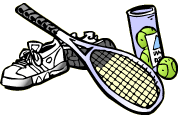BAM! Body and Mind
Physical Activity
Physical Activity

 Ian Young started playing tennis out of curiosity. "There were tennis courts right across the street from our house and everyday I'd go watch people play," says Ian. "Then one day a coach saw me watching and asked if I wanted to play. I said 'sure!'." He was eight years old when he picked up a tennis racquet for the very first time. Now, 10 years later, Ian's one of the top players in Maryland and is on his way to the tennis team at Longwood University. He's played in the Junior Olympics, the Amateur Athletic Union tournament, and three U.S. Opens.
Ian Young started playing tennis out of curiosity. "There were tennis courts right across the street from our house and everyday I'd go watch people play," says Ian. "Then one day a coach saw me watching and asked if I wanted to play. I said 'sure!'." He was eight years old when he picked up a tennis racquet for the very first time. Now, 10 years later, Ian's one of the top players in Maryland and is on his way to the tennis team at Longwood University. He's played in the Junior Olympics, the Amateur Athletic Union tournament, and three U.S. Opens.
Read More!
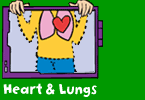
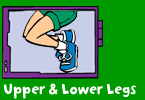
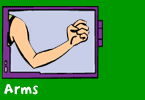
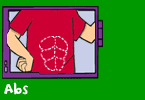
Advanced players can serve a ball at more than 100 miles per hour, making it travel 80 feet across the court in less than one second!
The world's first tennis tournament took place in Wimbledon, England in 1877.
You might have heard tennis players saying the word "love" a lot around the courts. Unless it's Valentine's Day, they're probably talking about the score! In tennis, "love" means that your opponent has not scored any points yet and has a score of zero. Also, in tennis one point = 15, two points = 30, three points = 40, and usually, 4 points = a win!
The world's first tennis tournament took place in Wimbledon, England in 1877.
You might have heard tennis players saying the word "love" a lot around the courts. Unless it's Valentine's Day, they're probably talking about the score! In tennis, "love" means that your opponent has not scored any points yet and has a score of zero. Also, in tennis one point = 15, two points = 30, three points = 40, and usually, 4 points = a win!
Centers for Disease Control and Prevention, 1600 Clifton Rd, Atlanta, GA 30333, U.S.A
Tel: (404) 639-3311 / Public Inquiries: (404) 639-3534 / (800) 311-3435
Tel: (404) 639-3311 / Public Inquiries: (404) 639-3534 / (800) 311-3435
